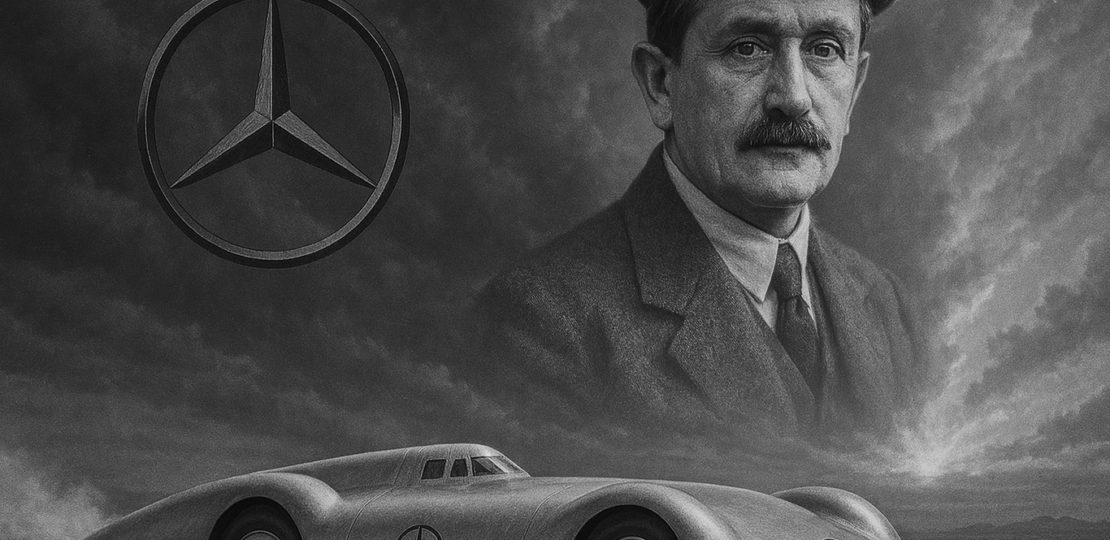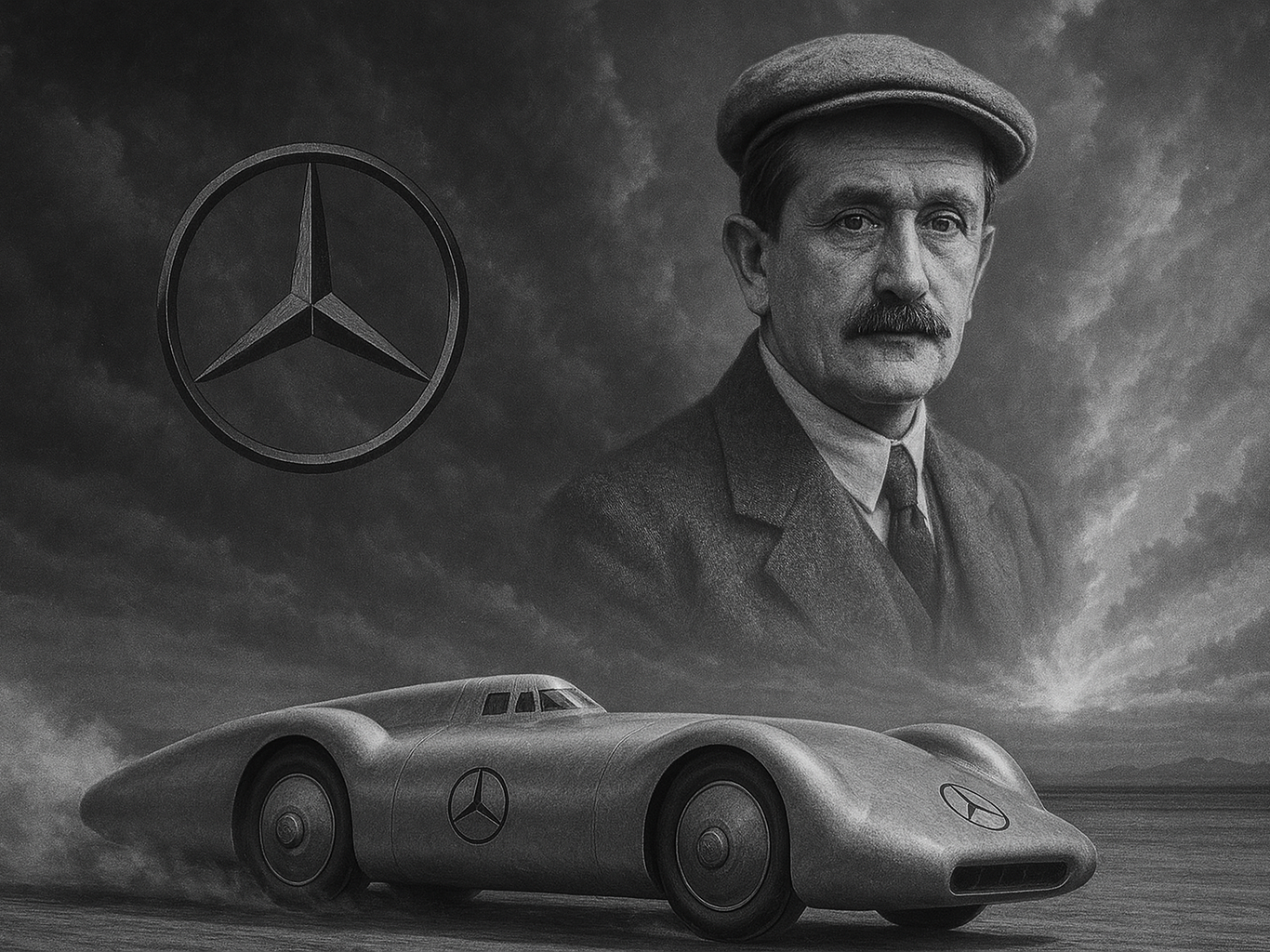
The Land speed Record never happened!

The 1930s – a golden era for speed. Every year, records were being reset, boundaries pushed, and the race to be the fastest on land was heating up like never before. Amid this frenzy, German racing driver Hans Stuck envisioned something bold—setting a new land speed record with a machine entirely built and backed by German ingenuity.
The Vision and the Visionaries
To turn this vision into reality, he enlisted the help of none other than Dr. Ferdinand Porsche, Wilhelm Kissel then Chairman of Daimler-Benz AG, and Air Force General Ernst Udet, a key figure in Germany’s aviation world. Their goal? Nothing short of building the fastest car the world had ever seen.
The Benchmarks to Overcome
Mercedes wasn’t new to high-speed records. Just a few years earlier, their W125 had already made headlines by hitting speeds of 432.7 km/h (268.9 mph) in 1938 which most thought were impossible on public roads. But this new machine wasn’t about besting their own records—it was about creating something the world had never seen. With Porsche’s hand guiding the vision, the design quickly evolved into something radical.
The True Shape
The vehicle that emerged was unlike any land speed car of its era. Where others might have relied on twin engines to push the limits, the T80 used a colossal 44.5-liter Daimler-Benz DB 603 V12 aircraft engine, capable of producing around 2,500 horsepower straight out of the gate. That was just the start. The car was over eight meters long, with three axles and six specially engineered tires from Continental, all wrapped in a shape that blurred the line between a car and a missile.

The Mercedes T80 [Picture Credits: https://www.mercedes-benz.com/]
The original goal was to hit 550 kilometers per hour, a number that was already difficult to comprehend. But in 1938, a British-built car called the Railton Special rewrote the rules by reaching 595 km/h. This triggered an immediate response from Porsche, who raised the bar not just to meet that number but to leap beyond it—first to 600 km/h, and later even targeting 650 km/h, provided the engine could be pushed to around 3,500 horsepower. No clear evidence confirms that power figure was ever achieved, but the intent and engineering ambition were undeniable.
The Playground
By the end of 1939, the car—now named the T80—was nearly ready to make its run. The chosen site wasn’t a desert salt flat like the Americans or The Brits used, but a freshly paved stretch of Germany’s new high-speed road network: the autobahn. The project, by then, had drawn interest from the highest levels of government, with expectations that it would serve as a national statement of engineering supremacy.
The turn of events
But history had other plans. Just as the T80 neared completion, World War II began. The record attempt was shelved indefinitely. The aircraft engine was removed and repurposed for the war effort. The car, intact but without its mechanical heart, was stored away, out of the spotlight and far from the sound of roaring engines.
And that’s where it stayed. Today, the T80’s body survives and is preserved inside the Mercedes-Benz Museum in Stuttgart. It’s a sleek, streamlined giant—frozen in time—representing one of the most daring mechanical experiments of its era. Built to chase speed records, it never got the chance to make its run.
An engineering marvel, created with extraordinary intent, and silenced by global conflict. Remarkably, all of this was conceived and built nearly a century ago.
Let that sink in.
RELATED POSTS
View all
